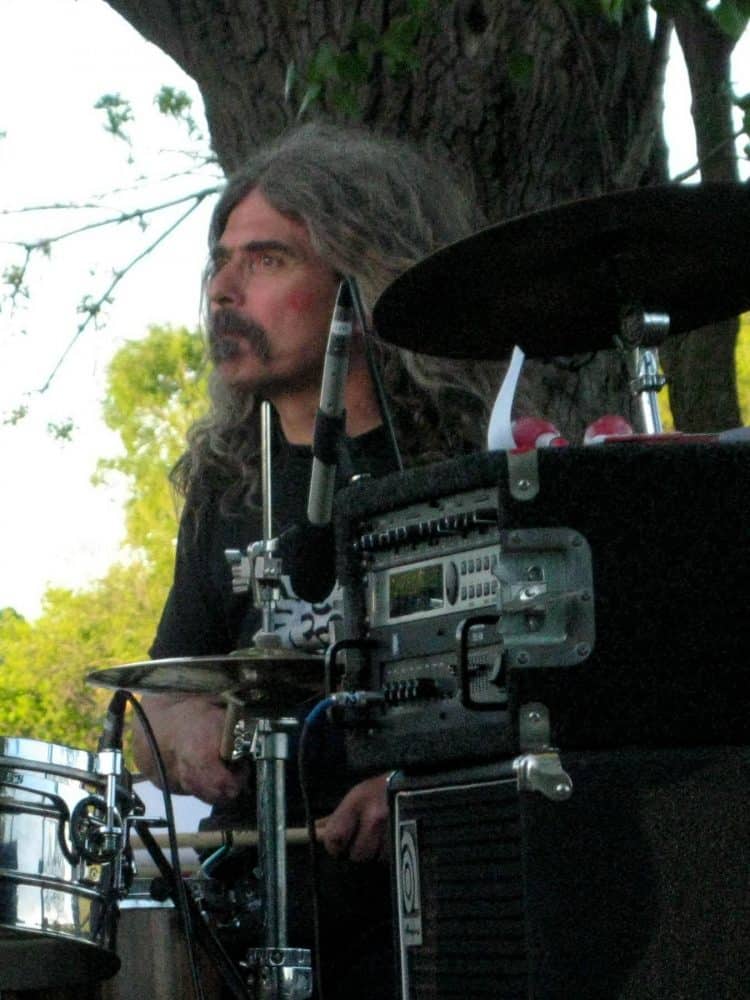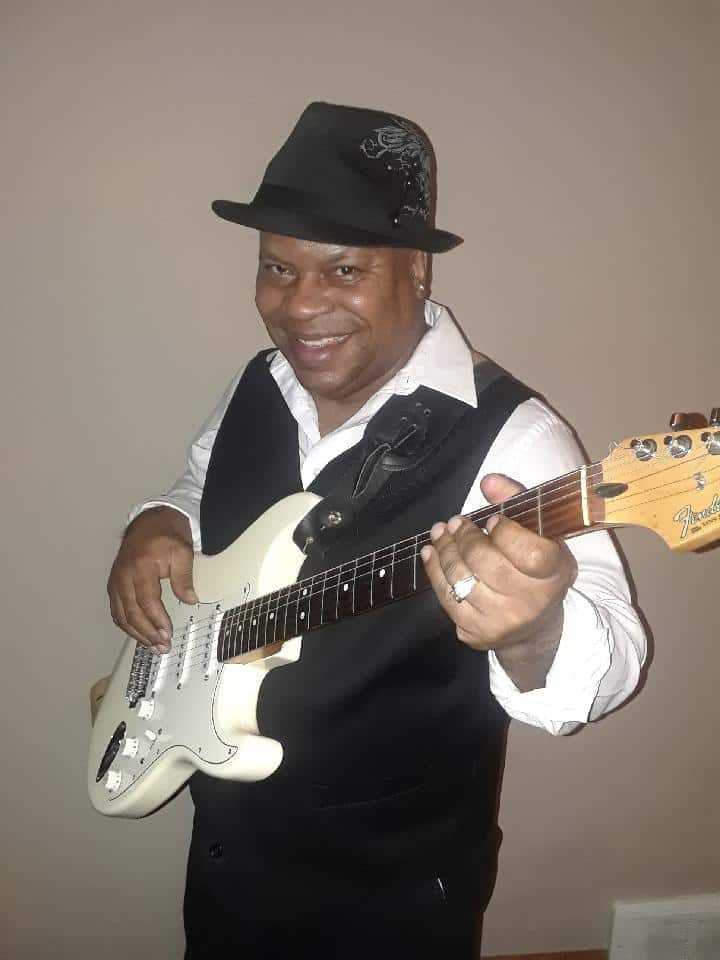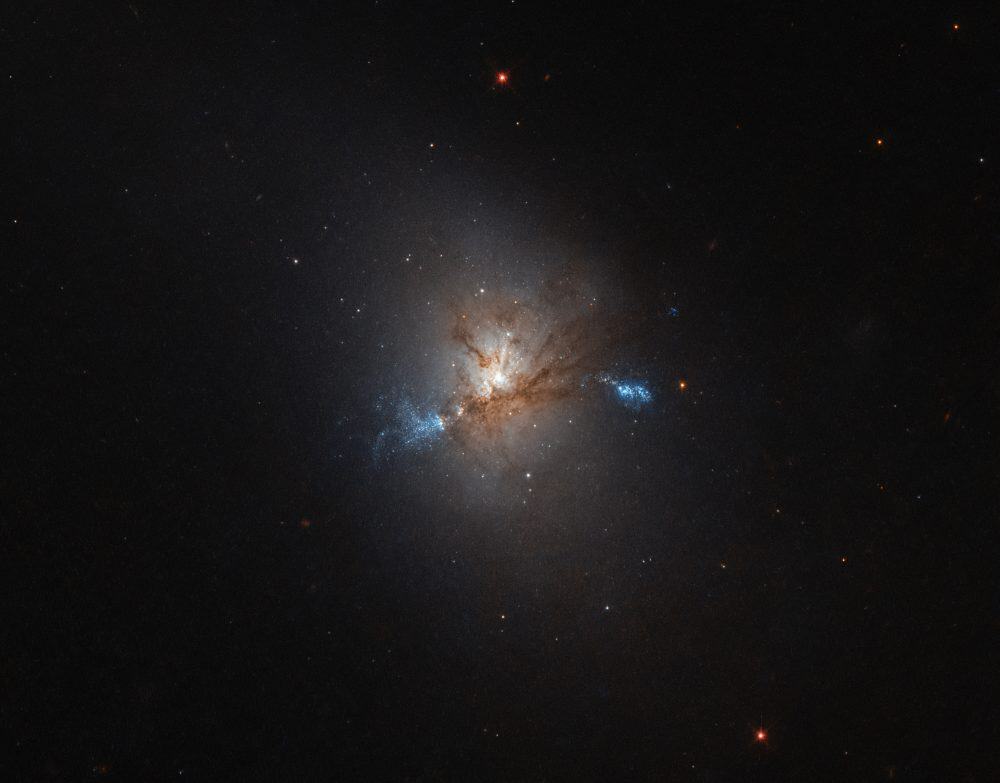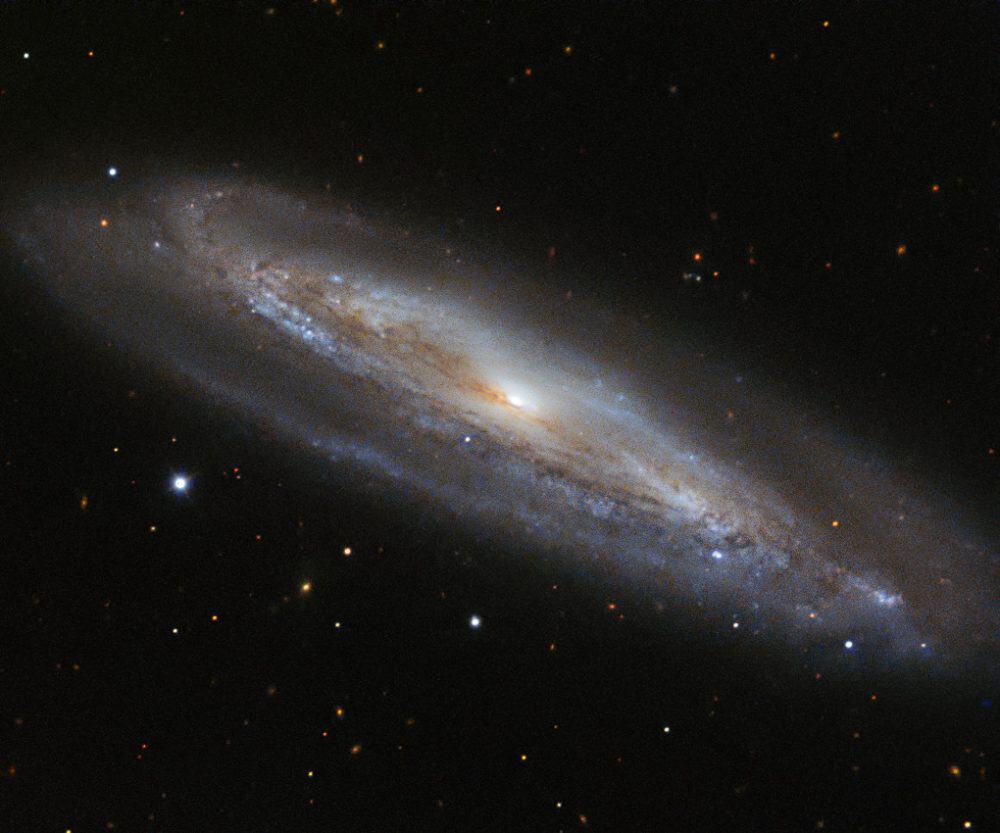Blog
World Music with “Chiquetete” on Flamenco Fridays performing Solea.
Spanish flamenco and ballad singer Antonio José Cortés Pantoja, better known as Chiquetete, died in Seville, Spain on December 16, 2018 after surgery complications. He was 70 years old.
Soleá is one of the flamenco palos with the highest number of traditional songs, and it is particularly appreciated by knowledgeable artists and audiences. It is very demanding for singers, as they have to strive to be creative and, at the same time, respectful of the tradition, and they have to succeed in finding a good balance between melodic and rhythmic sides, both extremely difficult. It demands great vocal faculties, and the singer should achieve a balance between passion and restraint.
The melody of a soleá stanza usually stays within a limited range (usually not more than a 5th). Its difficulty lies in the use of melisma and microtones, which demand great agility and precision in the voice. It is usual to start a series of soleares with a more restrained stanza in the low register, while continuing to more and more demanding ornaments in a higher register. The series is quite often finished with a stanza in a much more vivid tempo in the relative Major mode.
more...Hair the musical performed by Theater 55 at Mixed Blood Theater in Minneapolis.
January 31st thru February 10th 2019
Supporting musicians include mick laBriola on percussion, JD on guitars with music director Stephen Houtz.
more...
This image shows the galaxy Messier 94, which lies in the small northern constellation of the Hunting Dogs, about 16 million light-years away. Within the bright ring around Messier 94 new stars are forming at a high rate and many young, bright stars are present within it – thanks to this, this feature is called a starburst ring. The cause of this peculiarly shaped star-forming region is likely a pressure wave going outwards from the galactic centre, compressing the gas and dust in the outer region. The compression of material means the gas starts to collapse into denser clouds. Inside these dense clouds, gravity pulls the gas and dust together until temperature and pressure are high enough for stars to be born.
more...Lawrence Elliott “Larry” Willis (born December 20, 1940) is an American jazz pianist and composer. He has performed in a wide range of styles, including jazz fusion, rock, bebop and avant-garde.
Willis was born in New York City. After his first year studying music theory at the Manhattan School of Music he began performing regularly with Jackie McLean. After he graduated he made his first jazz recording, McLean’s Right Now!, which featured two of Willis’ compositions. His first recording of any type, however, was as a singer with the Music and Arts Chorale Ensemble, performing an opera by Aaron Copland under the direction of Leonard Bernstein. He decided to concentrate on jazz because of the difficulties African American musicians had in finding work in concert music. He is still recording and touring around the world.
Throughout his career he has performed with a wide range of musicians, including a stint of seven years as keyboardist for Blood, Sweat & Tears (beginning in 1972). He spent several years as pianist for Nat Adderley, as well as Roy Hargrove. His latest recording with Paul Murphy, Exposé, demonstrated the fusion principles of bebop and avant-garde jazz. His composition “Sanctuary” began exploring works employing strings. After a successful performance in Frank Lloyd Wright’s Annie Pfieffer Chapel at Florida Southern College’s Child of the Sun Jazz Festival he was commissioned to write a full scale orchestral work for jazz trio and orchestra. He received the Don Redman award in 2011, and the Benny Golson Jazz Master Award at Howard University in 2012.
more...Pleasant Joseph known as Cousin Joe (December 20, 1907 — October 2, 1989) was an American blues and jazz singer, later famous for his 1940s recordings with clarinetist Sidney Bechet and saxophonist Mezz Mezzrow.
He was born in Wallace, Louisiana, United States and worked at Whitney Plantation throughout his childhood.
Until 1945 Cousin Joe toured Louisiana; that year he was asked to take part in the King Jazz recording sessions organized by Mezzrow and Bechet.
Cousin Joe died in his sleep from natural causes in New Orleans, at the age of 81.
more...NGC 1222, seen in this image taken with the Wide Field Camera 3 on board the NASA/ESA Hubble Space Telescope (HST), is a galaxy with a rather eventful story to tell. NGC 1222 has been described as a peculiar example of a type of galaxy known as a lenticular galaxy. Typically, this kind of galaxy would present a rather smooth appearance on the sky and would consist mostly of old, reddish stars. A bit dull, perhaps.
But NGC 1222 is certainly not a typical member of its class — and it’s anything but dull. Observations show the characteristic features of very recent star formation on a huge scale — an event known as a starburst. The reason for all this violent activity is caused by the fact that NGC 1222 is not alone. It actually contains three compact regions, each of which appears to be the central nucleus of a galaxy. Astronomers think that NGC 1222 is in the process of swallowing up two much smaller dwarf galaxies that strayed too close to it. It is likely that the encounter was the trigger for the starburst in NGC 1222, bringing in fresh supplies of gas that are now fuelling the burst of star formation.
Although its peculiarities were first seen in photographic images, these were not able to reveal the level of fine detail that can be recovered by Hubble. The image taken by Hubble allows us to see an astonishing amount of structure in this galaxy, emphasising its colourful history. Against the smooth background of old stars that was the original lenticular galaxy, we can clearly see dark filaments of dust and bright filaments of gas, both associated with the powerful star formation process. 109 Mly away.
more...Kermit Ruffins (born December 19, 1964) is an American jazz trumpeter, singer, and composer from New Orleans, Louisiana, United States. He has been influenced by Louis Armstrong and Louis Jordan and says that the highest note he can hit on trumpet is a high C. He often accompanies his songs with his own vocals. Most of his bands perform New Orleans jazz standards, though he also composes many of his own pieces. Jon Pareles of The New York Times wrote, “Mr. Ruffins is an unabashed entertainer who plays trumpet with a bright, silvery tone, sings with off-the-cuff charm and never gets too abstruse in his material.
more...Leonard White III (born December 19, 1949) is a three-time Grammy Award-winning American jazz fusion drummer, born in New York City, best known for being the drummer of Chick Corea‘s Return to Forever. A resident of Teaneck, New Jersey, White has been described as “one of the founding fathers of jazz fusion”.
more...Henry Roeland “Roy” Byrd (December 19, 1918 – January 30, 1980), better known as Professor Longhair or “Fess” for short, was a New Orleans blues singer and pianist. He was active in two distinct periods, first in the heyday of early rhythm and blues and later in the resurgence of interest in traditional jazz after the founding of the New Orleans Jazz and Heritage Festival in 1970. His piano style has been described as “instantly recognizable, combining rumba, mambo, and calypso.”[1]
The music journalist Tony Russell (in his book The Blues: From Robert Johnson to Robert Cray) wrote that “The vivacious rhumba-rhythmed piano blues and choked singing typical of Fess were too weird to sell millions of records; he had to be content with siring musical offspring who were simple enough to manage that, like Fats Domino or Huey “Piano” Smith. But he is also acknowledged as a father figure by subtler players like Allen Toussaintand Dr. John.”
Byrd was born on December 19, 1918, in Bogalusa, Louisiana. His distinctive style of piano playing was influenced by learning to play on an instrument that was missing some keys. He left the city as a baby with his parents, who were most likely fleeing the racial tension surrounding the Bloody Bogalusa Massacre.
more...Robert Henry Timmons (December 19, 1935 – March 1, 1974) was an American jazz pianist and composer. He was a sideman in Art Blakey‘s Jazz Messengers for two periods (July 1958 to September 1959; February 1960 to June 1961), between which he was part of Cannonball Adderley‘s band. Several of Timmons’ compositions written when part of these bands – including “Moanin’“, “Dat Dere“, and “This Here” – enjoyed commercial success and brought him more attention. In the early and mid-1960s he led a series of piano trios that toured and recorded extensively.
Timmons was strongly associated with the soul jazz style that he helped initiate. This link to apparently simple writing and playing, coupled with drug and alcohol addiction, led to a decline in his career. Timmons died, aged 38, from cirrhosis. Several critics have commented that his contribution to jazz remains undervalued.
Timmons was born in Philadelphia, Pennsylvania, the son of a minister. He had a sister, Eleanor. Both of his parents, and several aunts and uncles, played the piano. From an early age Timmons studied music with an uncle, Robert Habershaw, who also taught McCoy Tyner.
https://www.youtube.com/watch?v=a3dlBI87A9Q
more...NYC bhangra funk crew Red Baraat
more...Messier 98, also known as M98 or NGC 4192, is an intermediate spiral galaxy located about 44.4 million light-years away in the constellation Coma Berenices, about 6° to the east of the bright star Denebola. It was discovered by French astronomer Pierre Méchain on 15 March 1781, along with nearby M99 and M100, and was cataloged by French astronomer Charles Messier on 13 April 1781 in his Catalogue des Nébuleuses & des amas d’Étoiles. Messier 98 has a blue shift and is approaching us at about 140 km/s.
The morphological classification of this galaxy is SAB(s)ab, which indicates it is a spiral galaxy that displays mixed barred and non-barred features with intermediate to tightly-wound arms and no ring. It is highly inclined to the line of sight at an angle of 74° and has a maximum rotation velocity of 236 km/s. The combined mass of the stars in this galaxy is an estimated 76 billion (7.6 × 1010) times the mass of the Sun. It contains about 4.3 billion solar masses of neutral hydrogen and 85 million solar masses in dus.
more...Keith Richards (born 18 December 1943), sometimes credited as Keith Richard, is an English musician and songwriter, best known as a guitarist and founding member of the Rolling Stones. Rolling Stone magazine called Richards the creator of “rock’s greatest single body of riffs” on guitar and ranked him fourth on its list of 100 best guitarists in 2011, and the magazine lists fourteen songs that Richards wrote with the Rolling Stones’ lead vocalist Mick Jagger on its “Rolling Stone’s 500 Greatest Songs of All Time” list.
Richards plays both lead and rhythm guitar parts, often in the same song, as the Stones are generally known for their guitar interplay of rhythm and lead (“weaving”) between Richards and the other guitarist in the band – Brian Jones (1962–1969), Mick Taylor (1969–1975), and Ronnie Wood (1975–present). In the recording studio Richards sometimes plays all of the guitar parts, notably on the songs “Paint It Black“, “Ruby Tuesday“, “Sympathy for the Devil“, and “Gimme Shelter“. He is also a vocalist, singing backing vocals on many Rolling Stones songs as well as occasional lead vocals, such as on the Rolling Stones’ 1972 single “Happy“, as well as with his side project, the X-Pensive Winos.
more...Eddie “Cleanhead” Vinson (born Edward L. Vinson Jr., December 18, 1917 – July 2, 1988) was an American jump blues, jazz, bebop and R&B alto saxophonist and blues shouter.He was nicknamed Cleanhead after an incident in which his hair was accidentally destroyed by lye contained in a hair straightening product. Vinson was born in Houston, Texas. He was a member of the horn section in Milton Larkin‘s orchestra, which he joined in the late 1930s. At various times, he sat next to Arnett Cobb, Illinois Jacquet, and Tom Archia, while other members of the band included Cedric Haywood and Wild Bill Davis. After exiting Larkin’s employment in 1941, Vinson picked up a few vocal tricks while on tour with bluesman Big Bill Broonzy. He then moved to New York and joined the Cootie WilliamsOrchestra from 1942 to 1945, recording such tunes as “Cherry Red”. Vinson struck out on his own in 1945, forming his own large band, signing with Mercury Records, and enjoying a double-sided hit in 1947 with his R&B chart-topper “Old Maid Boogie”, and the song that would prove to be his signature number, “Kidney Stew Blues”.
Vinson’s jazz leanings were probably heightened during 1952-1953, when his band included a young John Coltrane. In the late 1960s, touring in a strict jazz capacity with Jay McShann, Vinson’s career took an upswing. In the early 1960s Vinson moved to Los Angeles and began working with the Johnny Otis Revue. A 1970 appearance at the Monterey Jazz Festival with Otis spurred a bit of a comeback for Vinson. Throughout the 1970s he worked high-profile blues and jazz sessions for Count Basie, Otis, Roomful of Blues, Arnett Cobb, and Buddy Tate. He also composed steadily, including “Tune Up” and “Four“, both of which have been incorrectly attributed to Miles Davis.[4] The aforementioned single-sourced claim is contradicted by the many times Miles Davis has been credited as composer on numerous recordings.
more...Harold de Vance Land (December 18, 1928 – July 27, 2001) was an American hard bop and post-bop tenor saxophonist. Land developed his hard bop playing with the Max Roach/Clifford Brown band into a personal, modern style; often rivalling Clifford Brown’s instrumental ability with his own inventive and whimsical solos. His tone was strong and emotional, yet hinted at a certain introspective fragility.
In the early 1980s through to the early 1990s he worked regularly with the Timeless All Stars, a group sponsored by the Timeless jazz record label. The group consisted of Land on tenor, Cedar Walton on piano, Buster Williams on bass, Billy Higgins on drums, Curtis Fuller on trombone and Bobby Hutcherson on vibes. Land also toured with his own band during this time, often including his son, Harold Land Jr., on piano and usually featuring Bobby Hutcherson and Billy Higgins as well. During these years he played regularly at Hop Singhs in Marina Del Rey in the L.A area and the Keystone Korner in San Francisco.
more...Connie Curtis Crayton (December 18, 1914 – June 25, 1985), known as Pee Wee Crayton, was an American R&B and blues guitarist and singer.
Crayton was born in Rockdale, Texas. He began playing guitar seriously after moving to California in 1935, later settling in San Francisco.[3] While there he absorbed the music of T-Bone Walker but developed his own unique approach. His aggressive playing contrasted with his smooth vocal style and was copied by many later blues guitarists.
In 1948 he signed a recording contract with Modern Records. One of his first recordings was the instrumental “Blues After Hours“, which reached number 1 on the Billboard R&B chart late that year. Its B-side, the pop ballad “I’m Still in Love with You”, and the quicker “Texas Hop” are good examples of his work.
https://www.youtube.com/watch?v=9W7hBs4e_WE
more...More Posts
- World Music with Zedashe
- Daily Roots with The Abyssinians
- The Cosmos with NGC 3372
- Melissa Manchester Day
- Nathan Davis Day
- Kirk Lightsey Day
- Kokomo Arnold Day
- World Music with Orlando Julius
- Daily Roots with the Basses
- Happy Valentines Day 2020
- The Cosmos with IC1805 Heart Nebula
- Merl Saunders Day
- Magic Sam Day
- Dwike Mitchell Day
- Arghyris Kounadis Day
- Flamenco Fridays with José del Tomate
- Daily Roots with the Heptones
- The Cosmos with M20
- Peter Gabriel Day
- Wardell Gray Day




